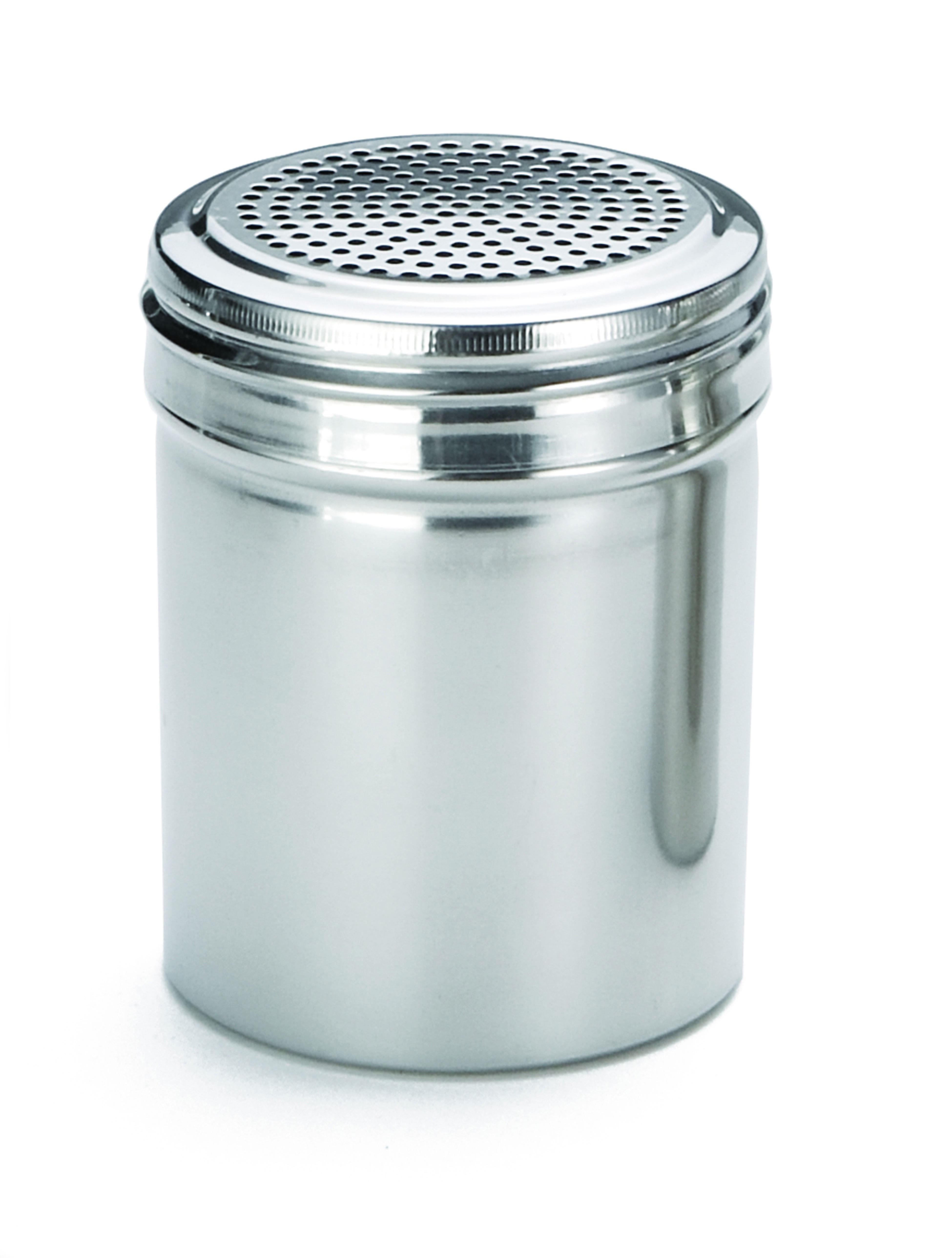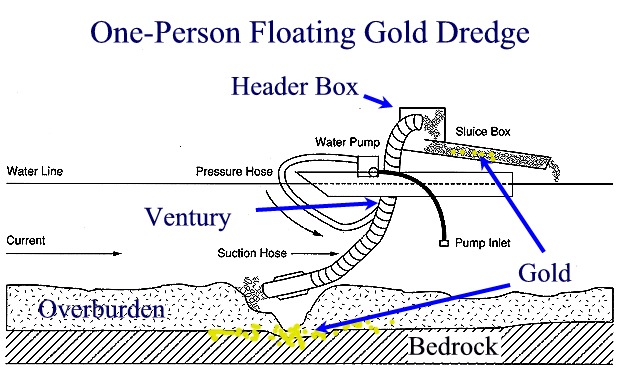



Baltimore in the US was the first port to use dredging to excavate the bottom in 1783. Cut-off tools were innovated to smoothen hard river and ocean sediments in the 19th century. Many contract firms would take up jobs to conduct dredging. By 1880, more advanced and smooth dredging tools and machines were developed to enhance sea transportation. Rotary treadmills were used for dredging by the early 1600's. "Spoon and bag" dredges were some of the oldest tools used by the Romans for this purpose. HistoryĪncient Romans used dredging as a popular method to deepen the navigational channels for smooth transport of vessels. They cut through the layers of sediments, make them soft and then sediments are collected, stored and disposed at the relevant locations. Other methods include deploying cutter section dredger used for the areas with hard-surface materials. Further, these hoppers dispose the sediments to other areas. The other tools include a suction hopper dredger with a dredge drag head which collects and drops the sediments into hoppers attached with the excavator. It sucks the sediments into its long tube. The basic one includes the suction excavator, which works like a vacuum cleaner. The method can also aid anti-eutrophication activities and to reclaim polluted areas.ĭredging is carried out using various tools and machinery operated through vessels. By increasing a channel's depth, dredging can help in flood prevention. Many construction sites also use dredging to produce concrete. The process is also carried out in the seas, oceans, beaches, river beds, and contaminated areas across the world to recycle sand and utilize it where needed. Processĭredging is used to extract ores and minerals from underwater mines. It improves productivity and economy as it fastens the speed of vessels, allowing the delivery of goods on time. Dredging is also used to prevent floods and to remove trash. Other reasons include digging for gold, minerals, and other materials. Dredging is also done to create harbors, bridges, piers, docks and other foundation works, and to pave the way for smoother water levels. The technique is also used for fishing and replenishing the sand on beaches with low sand levels. It eases out the navigation process and helps vessels to smoothen their day-to-day sea travel operations. Dredging is the act of excavating bottom soil sediments and disposing it to different locations.


 0 kommentar(er)
0 kommentar(er)
